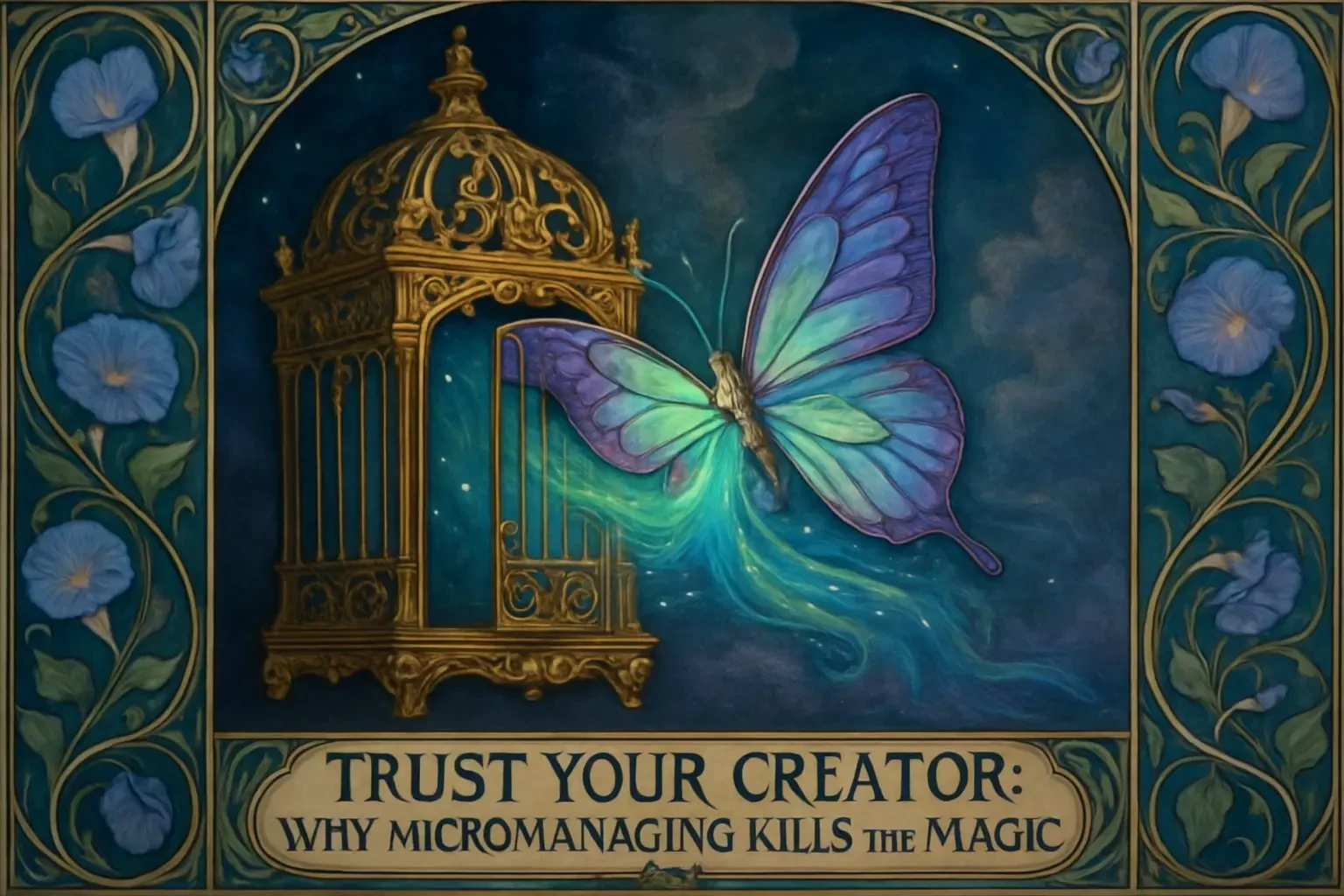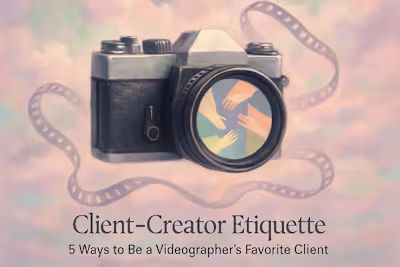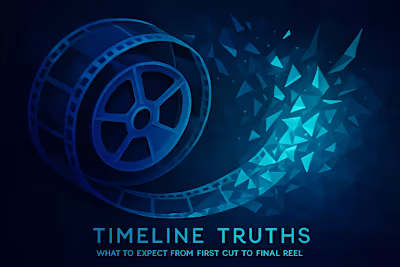Trust Your Creator: Why Micromanaging Kills the Magic

Trust Your Creator: Why Micromanaging Kills the Magic
What Micromanagement Looks Like in a Creative Project
Constant Check-ins and Excessive Reporting
Controlling the 'How' Instead of the 'What'
Difficulty Delegating and Lack of Autonomy
The Negative Impact of Micromanaging Your Videographer
It Stifles Creativity and Innovation
It Slows Down the Entire Process
It Damages the Client-Creator Relationship
How to Build Trust and Empower Your Creator
Start with a Great Brief
Establish Clear Communication Channels
Focus on the Goal, Not the Method
References
Trust Your Creator: Why Micromanaging Kills the Magic
What Micromanagement Looks Like in a Creative Project
Constant Check-ins and Excessive Reporting
Controlling the 'How' Instead of the 'What'
Difficulty Delegating and Lack of Autonomy
The Negative Impact of Micromanaging Your Videographer
It Stifles Creativity and Innovation
It Slows Down the Entire Process
It Damages the Client-Creator Relationship
How to Build Trust and Empower Your Creator
Start with a Great Brief
Establish Clear Communication Channels
Focus on the Goal, Not the Method
References
Posted Jun 30, 2025
You hired a creative professional for a reason. Learn why micromanaging your Reels videographer stifles creativity, slows down projects, and how to build a relationship based on trust.
0
2








